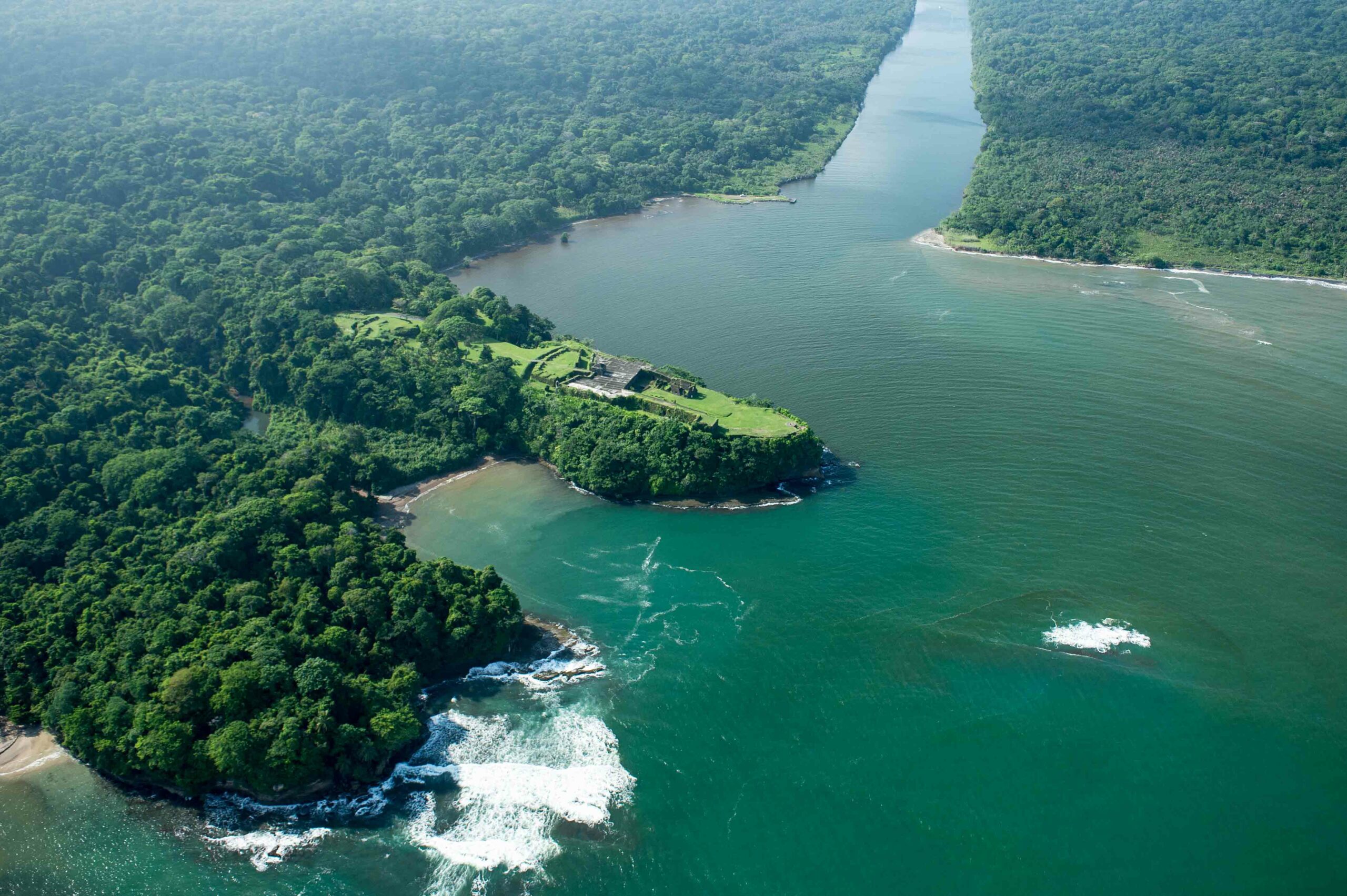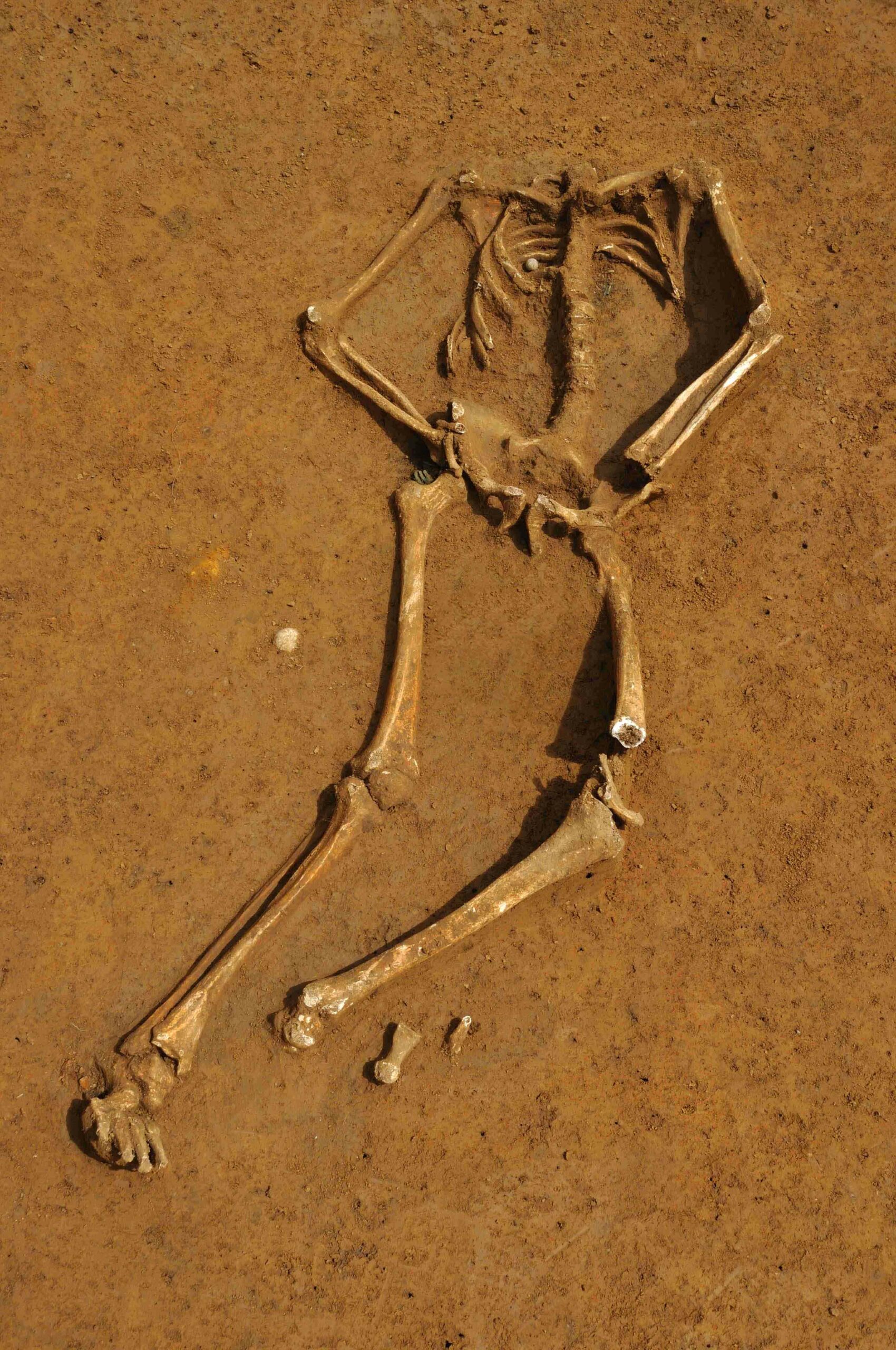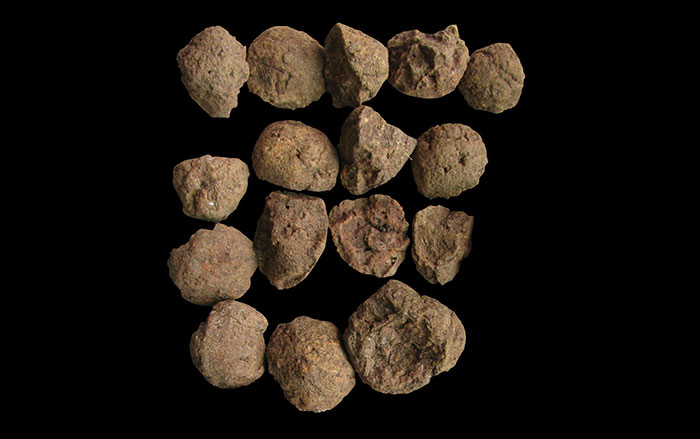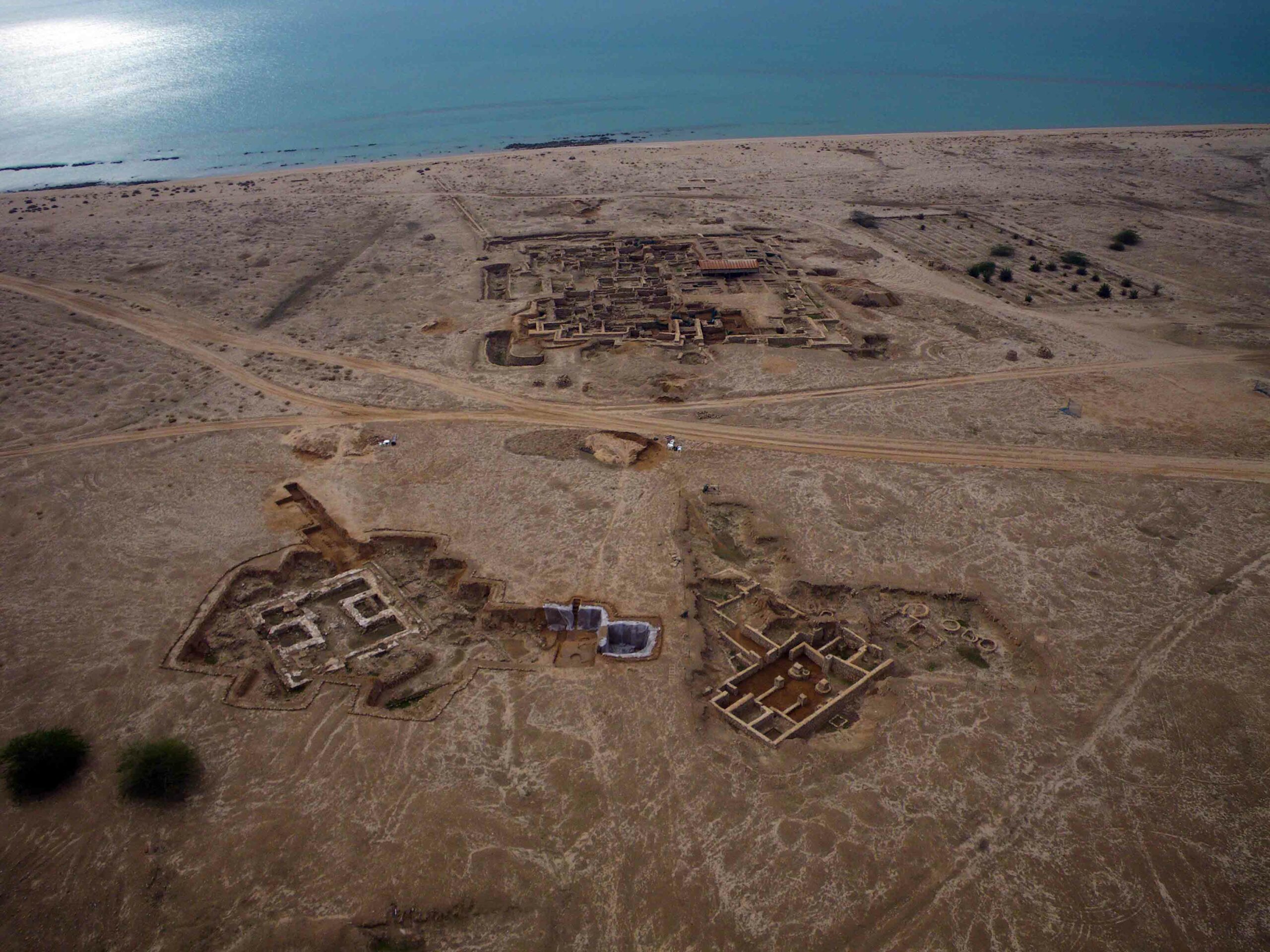PARIS, FRANCE—Periods of wet weather in South Africa led to population growth and cultural advancement in modern humans during the Middle Stone Age, according to a comparison of the archaeological record and climate history read from a sediment core. The use of symbols, the development of complex language, the manufacture and use of stone tools, and the creation of jewelry all coincided with climate change, according to Martin Ziegler of the Cardiff University School of Earth and Ocean Sciences. “At the same time, large parts of sub-Saharan Africa experienced drier conditions, so that South Africa potentially acted as a refuge for early humans,” he added.
Wetter Weather Spurred Human Innovations
News May 22, 2013
Recommended Articles
Artifacts July/August 2025
Maya Ceramic Figurine

Off the Grid July/August 2025
Vichama, Peru

Digs & Discoveries July/August 2025
Bound for Heaven

Digs & Discoveries July/August 2025
Saints Alive

-
Features March/April 2013
Pirates of the Original Panama Canal
Searching for the remains of Captain Henry Morgan's raid on Panama City
 (Courtesy Captain Morgan Rum Co.)
(Courtesy Captain Morgan Rum Co.) -
Features March/April 2013
A Soldier's Story
The battle that changed European history, told through the lens of a young man’s remains
 (Courtesy Dominique Bosquet)
(Courtesy Dominique Bosquet) -
Letter From Cambodia March/April 2013
The Battle Over Preah Vihear
A territorial dispute involving a 1,100-year-old Khmer temple on the Thai-Cambodian border turns violent
 (Masuru Goto)
(Masuru Goto) -
Artifacts March/April 2013
Pottery Cooking Balls
Scientific analyses and experimental ARCHAEOLOGY determine that mysterious, 1,000-year-old balls of clay found at Yucatán site were used in cooking
 (Courtesy Bolonchen Regional Archaeological Project)
(Courtesy Bolonchen Regional Archaeological Project)


